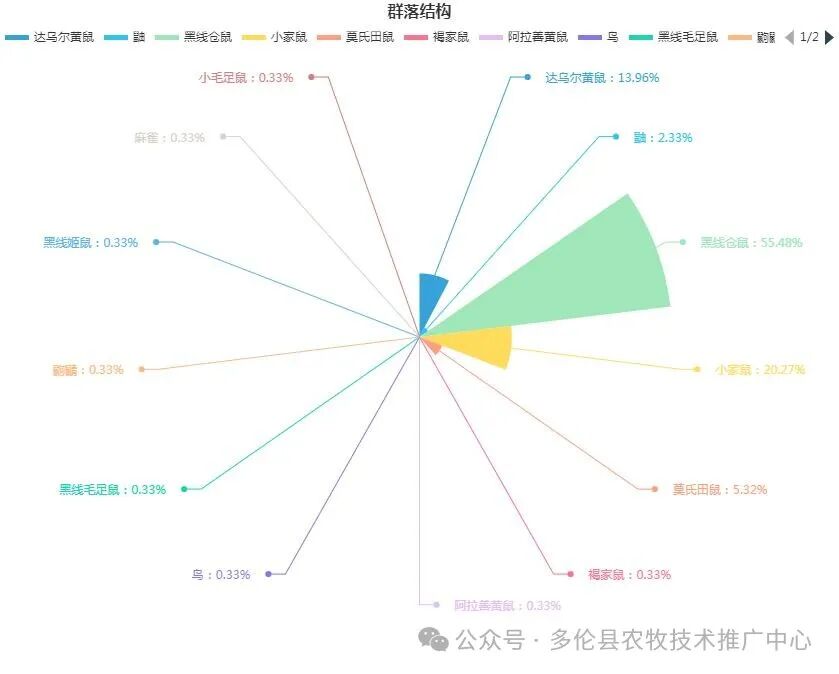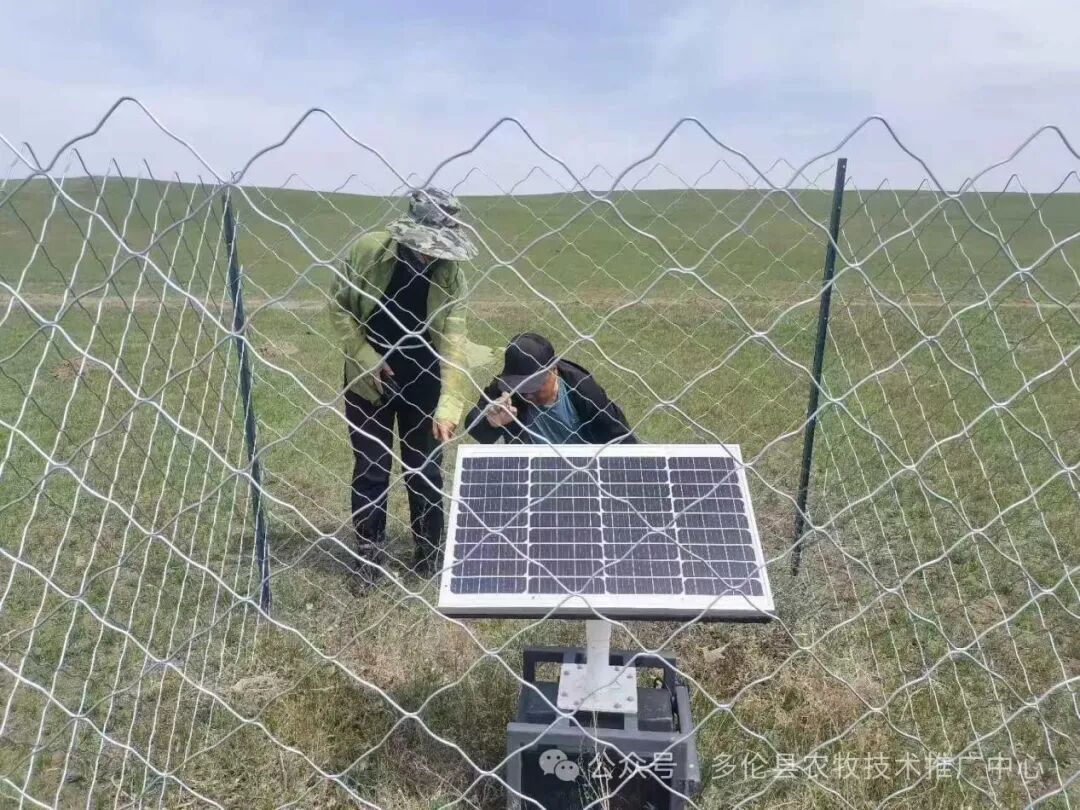
To accurately grasp the trend of rodent damage, population structure, degree of harm, and rodent density in basic farmland in Duolun County for the year 2025, and to effectively carry out rodent damage prevention and control work, our center has adopted the IoT smart rodent monitoring device to monitor rodent density in basic farmland.The IoT smart rodent monitoring system is based on IoT technology, integrating machine vision, pattern recognition, and big data intelligent computing technologies to achieve continuous dynamic monitoring and intelligent identification and classification of harmful rodents for 30 days, 24 hours a day. The system can issue early warnings of rodent population outbreaks through the analysis of long-term monitoring data.

From February to the present, the rodent monitoring device has detected the activity trajectories of black-striped hamsters and house mice. According to IoT analysis, the rodent density in our agricultural areas is relatively high, with the main rodent species being the Daurian ground squirrel, house mouse, Moser’s field mouse, and brown rat. A total of 61 house mice, 167 black-striped hamsters, 42 Daurian ground squirrels, 7 weasels, 16 Moser’s field mice, and 1 black-striped hairy-footed mouse have been monitored. Since April 6, the activity of black-striped hamsters has been more frequent than in previous years.

Our center is enhancing the monitoring of rodent occurrences in basic farmland through the IoT smart rodent monitoring system, focusing on improving the accuracy of reports, ensuring comprehensive monitoring coverage, and ensuring that the rodent occurrences in the jurisdiction’s basic farmland are “controllable and preventable,” effectively strengthening environmental protection in basic farmland and maintaining ecological safety in agricultural areas.
First Review: Sun Yamei
Second Review: Guan Liying
Third Review: Zhao Wei